Introduction:
As urbanization continues to accelerate, cities worldwide face increasing challenges related to sustainability, environmental degradation, and social well-being. Sustainable urban design is key to meeting these challenges, focusing on creating cities that meet today’s needs and ensure a livable future for future generations. This article explores how cities can integrate green spaces, energy-efficient infrastructure, and sustainable practices to promote a more sustainable urban environment.
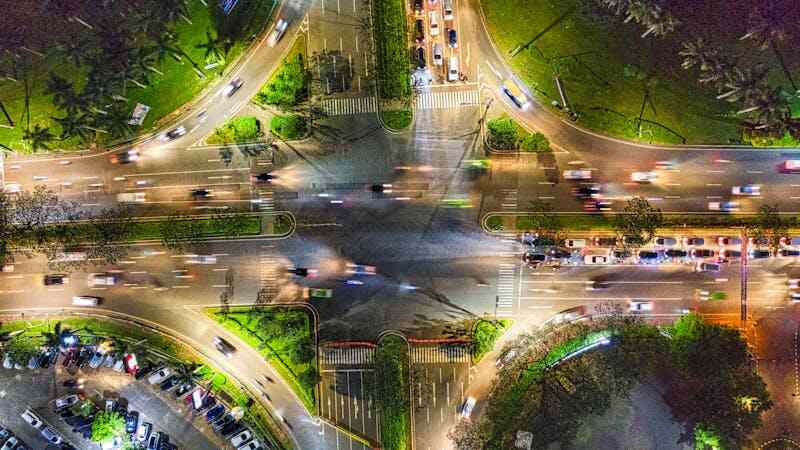
The need for sustainable urban design has never been more pressing. As urban populations grow, so do demands on resources and infrastructure, leading to increased pollution, traffic congestion, and pressure on public services. Sustainable urban design addresses these issues and increases cities’ resilience to climate change.
By prioritizing environmentally friendly solutions, cities can improve air quality, conserve water, and reduce waste, promoting a healthier environment for all residents. Ultimately, a commitment to sustainable practices can transform urban landscapes into thriving ecosystems that support both people and nature.
The need for sustainable urban design.
Urban areas are home to more than half of the world’s population, and by 2050 this number is expected to increase to 68 percent. As cities expand, so do environmental challenges, including air pollution, waste management problems, and excessive energy consumption. Sustainable urban design seeks to address issues related to how cities are built, operated, and maintained.
The goal is to reduce the environmental impact of urban environments while enhancing the quality of life of their residents. Key components of sustainable urban design include green spaces, energy-efficient buildings, integrated public transportation systems, water management, and waste reduction.
Green spaces: breathing life into cities
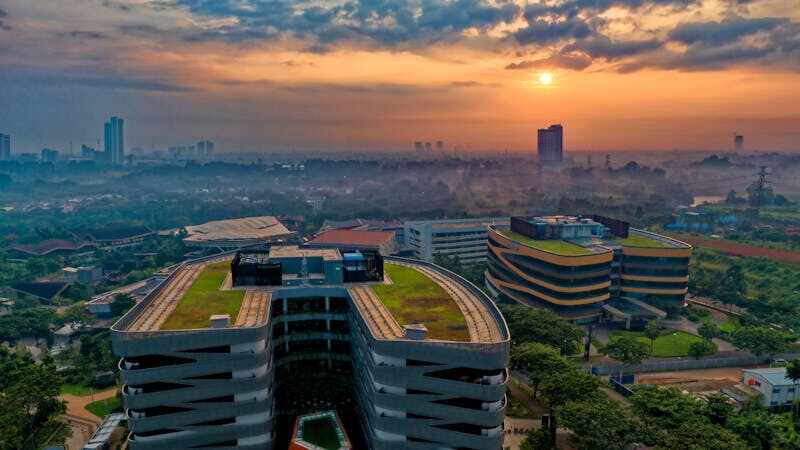
Green spaces play an important role in sustainable urban design. Parks, gardens, green roofs, and urban forests act as lungs for cities, filtering pollutants from the air, reducing urban heat, and providing residents with a natural refuge from the hustle and bustle of city life. In addition to their environmental benefits, green spaces promote mental health, foster community connections, and encourage physical activity.
For example, the High Line in New York City transformed an abandoned railroad into a thriving park, increasing biodiversity and revitalizing the surrounding neighborhood. Similarly, Singapore’s Gardens by the Bay serves as an excellent example of how urban green spaces can combine environmental beauty with sustainable architecture, attracting both residents and tourists can go
Energy efficient infrastructure
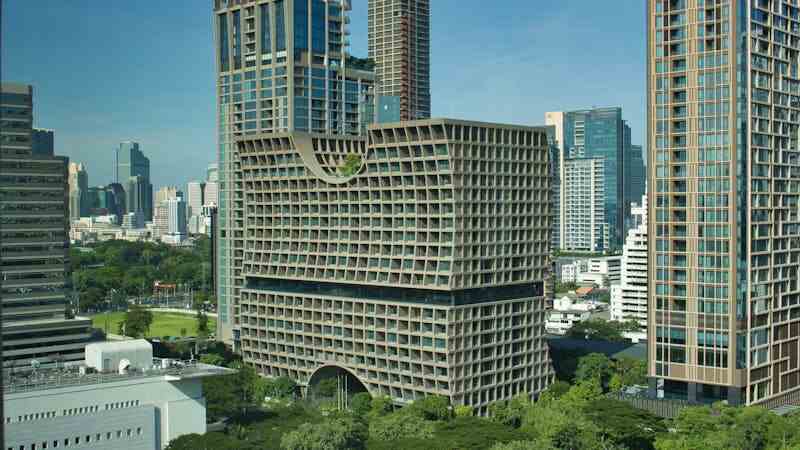
One of the main pillars of sustainable urban design is the development of energy-efficient infrastructure. With buildings accounting for nearly 40% of global energy consumption, cities must adopt green building practices to reduce energy use. This includes the use of energy-efficient materials, passive solar design, and renewable energy sources such as solar panels and wind turbines.
Green buildings, such as the Edge in Amsterdam, show how technology and design can work together to create energy-efficient spaces. The building is equipped with a network of sensors to optimize energy use, has solar panels covering its facade, and even collects rainwater for irrigation purposes. As more cities adopt such sustainable construction practices, the environmental impact of urban areas can be significantly reduced.
Smart Urban Mobility Solutions
Transportation is another important area where sustainable urban design can make a significant impact. Traffic congestion, high emissions from vehicles, and inadequate public transportation systems are common problems in densely populated urban areas. To address these challenges, cities are investing in public transportation networks, cycling infrastructure, and pedestrian-friendly streets.
The rise of electric vehicles (EVs) and shared transportation systems, such as bike sharing and carpooling, is helping to reduce the carbon footprint of urban mobility. Cities like Copenhagen and Amsterdam have embraced cycling culture by designing streets that prioritize bicycles over cars, significantly reducing traffic emissions and boosting public health.
Additionally, integrating smart technologies into transportation systems, such as real-time data monitoring and smart traffic lights, ensures smooth traffic flow, and further reduces emissions. Electric buses and rail systems powered by renewable energy sources are another way to green transportation networks.
Sustainable water and waste management
Water and waste management are two important aspects of sustainable urban design. As cities grow, so does their demand for clean water and efficient waste disposal systems. Sustainable urban planning should include strategies to conserve water, manage stormwater, and reduce waste generation.
Rainwater harvesting, greywater recycling, and green infrastructure such as permeable pavements can help cities manage water sustainably. For example, Melbourne, Australia has implemented a city-wide initiative to capture stormwater and reuse it for irrigation and other non-potable purposes.
On the waste management front, cities like San Francisco have set ambitious goals to achieve zero waste through recycling and composting programs. Sustainable urban design also promotes the concept of a circular economy, where waste is minimized, and materials are maximized and recycled.
Social impact of sustainable urban design Sustainable urban design is not only about environmental sustainability but also about creating equitable and inclusive cities. Green urban planning should ensure that all residents, regardless of socioeconomic status, have access to green spaces, clean air, and efficient public services.
Affordable housing, public transportation, and access to amenities such as schools, health care, and recreational facilities are essential to promoting social equity in cities. Cities should also involve communities in the design process, ensuring that their needs and voices are considered in urban planning decisions. By doing so, sustainable urban design can help create cities that are environmentally resilient and socially just.
Challenges and future outlook
Despite the obvious benefits, implementing sustainable urban design faces challenges such as funding, political will, and public awareness. Redeveloping old cities to incorporate green infrastructure and smart technologies can be expensive and complex. However, many cities are overcoming these challenges through public-private partnerships, government incentives, and citizen involvement.
Looking forward, as the effects of climate change become more apparent, the need for sustainable urban design will only increase. By prioritizing green infrastructure, energy efficiency, and smart mobility solutions, cities can reduce their environmental impact and create healthier, more livable environments for future generations.
The need for sustainable urban design
Urban areas are home to more than half of the world’s population and this number is expected to increase to 68 percent by 2050. As cities expand, so do environmental challenges, including air pollution, waste management problems, and excessive energy consumption. Sustainable urban design seeks to address issues related to how cities are built, operated, and maintained.
It aims to reduce the environmental impact of urban environments while enhancing the quality of life of their residents. Key components of sustainable urban design include green spaces, energy-efficient buildings, integrated public transportation systems, water management, and waste reduction.
Greenery in Urban Design
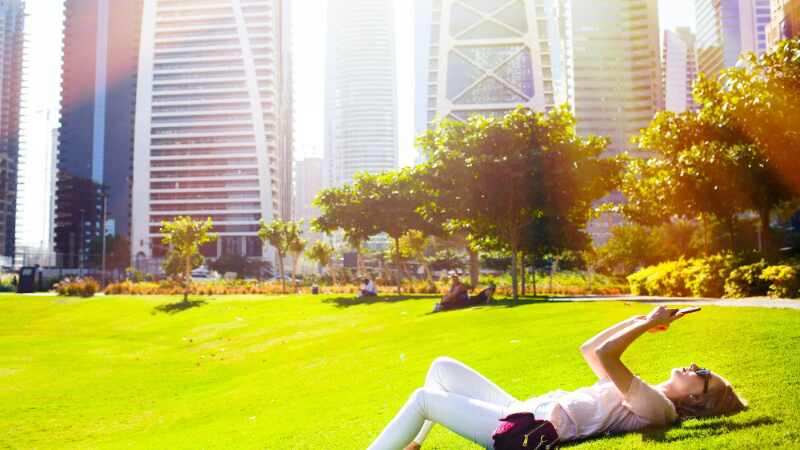
Greening in urban design” refers to the integration of plants, trees, and green spaces within urban areas to enhance environmental quality and improve the well-being of city dwellers. This approach includes parks, green roofs, urban forests, including vertical gardens, and streets.
Trees, which aim to create sustainable and livable cities, urban design can reduce air pollution, reduce the heat island effect, enhance biodiversity, provide space for recreation and relaxation, and also promote mental health, social harmony, and connection to nature in an increasingly dense and dense urban environment.
Nature in urban design Nalso helps manage stormwater runoff, reducing the risk of flooding by allowing rainwater to be absorbed naturally. It supports energy efficiency by providing shade and cooling, reducing the need for air conditioning in buildings. Additionally, integrating green spaces into urban areas can increase property values, attract tourism, and promote economic growth by making cities more attractive and livable.
For example, the High Line in New York City transformed an abandoned railroad into a thriving park, increasing biodiversity and revitalizing the surrounding neighborhood. Similarly, Singapore’s Gardens by the Bay demonstrates how urban green spaces can combine environmental beauty with sustainable architecture, attracting both residents and tourists while enhancing local biodiversity.
Energy efficient infrastructure
One of the main pillars of sustainable urban design is the development of energy-efficient infrastructure. With buildings accounting for nearly 40% of global energy consumption, cities must adopt green building practices to reduce energy use. This includes the use of energy-efficient materials, passive solar design, and renewable energy sources such as solar panels and wind turbines.
Innovative buildings like the Edge in Amsterdam show how technology and design can work together to create energy-efficient spaces. Equipped with a network of sensors to optimize energy use, the Edge has solar panels that cover its front and collect rainwater for irrigation. As more cities adopt such sustainable construction practices, the environmental impact of urban areas can be significantly reduced.
Smart Urban Mobility Solutions
Transportation is another important area where sustainable urban design can make a significant impact. Traffic congestion, high emissions from vehicles, and inadequate public transportation systems are common problems in densely populated urban areas. To address these challenges, cities are investing in public transportation networks, cycling infrastructure, and pedestrian-friendly streets.
The rise of electric vehicles (EVs) and shared transportation systems, such as bike sharing and carpooling, is helping to reduce the carbon footprint of urban mobility. Cities like Copenhagen and Amsterdam have embraced cycling culture by designing streets that prioritize bicycles over cars, significantly reducing traffic emissions and boosting public health.
Integrating smart technologies into transportation systems—such as real-time data monitoring and smart traffic lights—ensures smooth traffic flow and further reduces emissions. Electric buses and rail systems powered by renewable energy sources represent another avenue for greener transportation networks.
Sustainable water and waste management
Water and waste management are important aspects of sustainable urban design. As cities grow, so does their demand for clean water and efficient waste disposal systems. Sustainable urban planning should include strategies to conserve water, manage stormwater, and reduce waste generation.
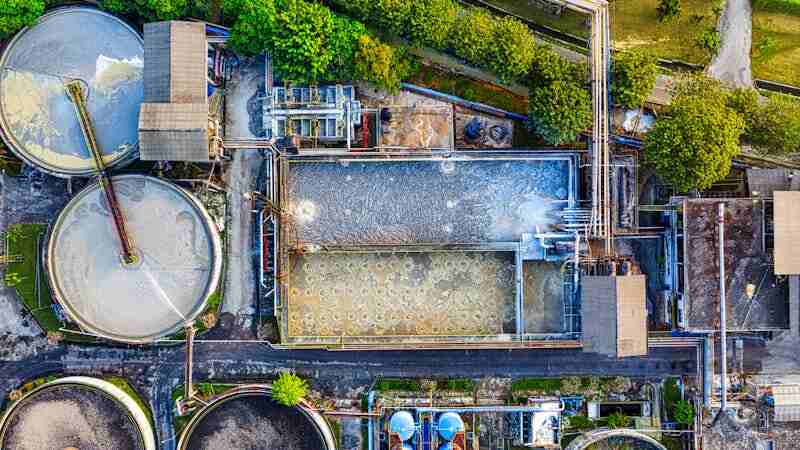
Rainwater harvesting, gray water recycling, and green infrastructure such as permeable pavements help cities manage water sustainably. For example, Melbourne, Australia has implemented a city-wide initiative to capture stormwater and reuse it for irrigation and other non-potable purposes.
In terms of waste management, cities like San Francisco have set ambitious goals to achieve zero waste through recycling and composting programs. Sustainable urban design promotes the concept of a circular economy, where waste is minimized, and materials are maximized and recycled.
Social Impacts of Sustainable Urban Design
Sustainable urban design is not only focused on environmental sustainability. It also aims to create an equitable and inclusive city. Urban planning must ensure that all residents, regardless of socioeconomic status, have access to green spaces, clean air, and efficient public services.
Affordable housing, public transportation, and access to amenities such as schools, health care, and recreational facilities are essential to promoting social equity in cities. Involving communities in the design process ensures that their needs and voices are heard in urban planning decisions. By doing so, sustainable urban design can help create cities that are environmentally resilient and socially just.
Challenges and future outlook
Despite the clear benefits, implementing sustainable urban design faces challenges such as funding, political will and public awareness. Redeveloping old cities to incorporate green infrastructure and smart technologies can be expensive and complex. However, many cities are overcoming these challenges through public-private partnerships, government incentives, and active citizen involvement.
As the effects of climate change become more apparent, the need for sustainable urban design will only increase. Prioritizing green infrastructure, energy efficiency, and smart mobility solutions can help cities reduce their environmental impact and create healthier, more livable environments for future generations.
Innovations in Green Infrastructure
To effectively transform cities into green spaces, innovative green infrastructure solutions are essential. This includes not only traditional parks and gardens but also the integration of green roofs, living walls, and urban wetlands. These features can reduce the urban heat island effect, enhance biodiversity, and improve stormwater management. For example, cities like Chicago have embraced green roofs on commercial buildings, which not only provide insulation but also serve as habitat for local wildlife.

Additionally, incorporating nature-based solutions such as wells and rain gardens can effectively manage and filter pollutants before they enter waterways. These innovations not only contribute to the aesthetic appeal of the urban environment but also increase resilience to climate challenges, making cities more adaptable to changing climate patterns.
Community Involvement in Green Initiatives
Active community involvement and participation are needed to transform cities into green environments. Residents should be involved in the planning and maintenance of green spaces to ensure that these areas meet the needs of the community. Programs that encourage local stewardship—such as community gardens, tree-planting initiatives, and park cleanup events—can foster a sense of ownership and pride among residents.
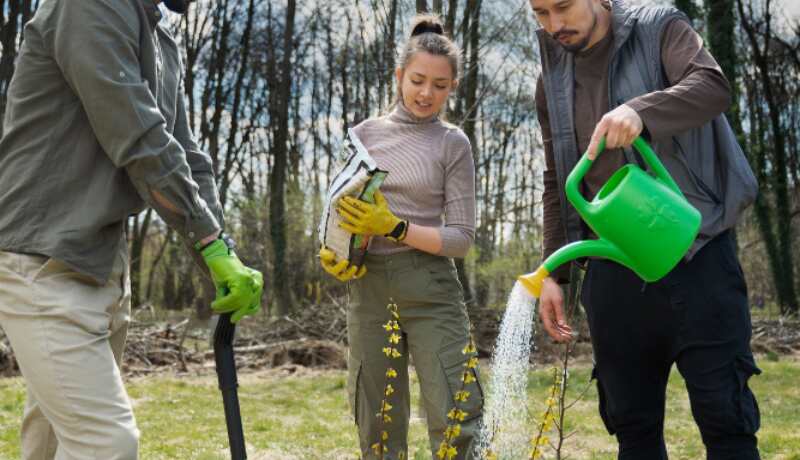
Additionally, educational campaigns can raise awareness about the importance of green spaces and sustainable practices. By empowering communities to participate in the green transformation of their neighborhoods, cities can build stronger social ties and enhance overall quality of life. Collaborative efforts between local governments, NGOs and residents can lead to successful green initiatives that align with community values and aspirations.
Urban Farming: Cultivating Sustainability
Urban farming initiatives can play an important role in greening cities by converting underutilized spaces into productive gardens and farms. Rooftop gardens, vertical farms, and community plots not only provide fresh produce but also reduce food miles, thereby reducing carbon emissions. Cities like Detroit have embraced urban agriculture as a means of revitalizing neighborhoods, improving food security and fostering community engagement. These initiatives promote sustainable practices while enhancing urban biodiversity and green aesthetics.
Urban Farming: Cultivating Sustainability
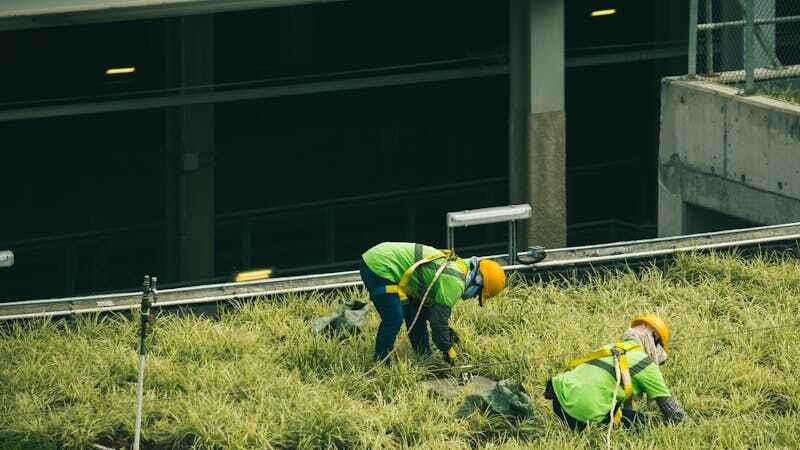
Urban farming initiatives can play an important role in greening cities by converting underutilized spaces into productive gardens and farms. Rooftop gardens, vertical farms, and community plots not only provide fresh produce but also reduce food miles, thereby reducing carbon emissions. Cities like Detroit have embraced urban agriculture as a means of revitalizing neighborhoods, improving food security and fostering community engagement. These initiatives promote sustainable practices while enhancing urban biodiversity and green aesthetics.
Enhancing biodiversity in urban settings
Promoting biodiversity within city limits is essential to building resilient urban ecosystems. Strategies such as planting native species, creating wildlife corridors, and establishing pollinator gardens can support native fauna and flora. Cities like Berlin have successfully integrated biodiversity-friendly practices into their urban planning, providing habitats for birds, bees, and other pollinators. Enhancing biodiversity not only contributes to environmental health but also enriches the urban experience for residents, making cities more vibrant and enjoyable.
Green Mobility: Redefining Urban Transport

The transition to green mobility is critical to making cities more sustainable and reducing their carbon footprints. This includes walking, cycling, and using electric public transport options. Infrastructure investments, such as dedicated bike lanes, pedestrian zones, and electric vehicle charging stations, can encourage more environmentally friendly modes of transportation. Cities like Amsterdam are leading the way by prioritizing cycling and integrating extensive public transport networks, thereby reducing reliance on fossil fuel vehicles and increasing overall urban livability.
Conclusion
Sustainable urban design has the potential to transform cities into green, resilient, and inclusive spaces. By integrating nature, promoting energy efficiency, and promoting social equity, we can create cities that are not only sustainable but vibrant and thriving. As urbanization continues, it is more important than ever to design cities with the future in mind, ensuring that we leave a positive legacy for those who will inherit the cities of tomorrow.
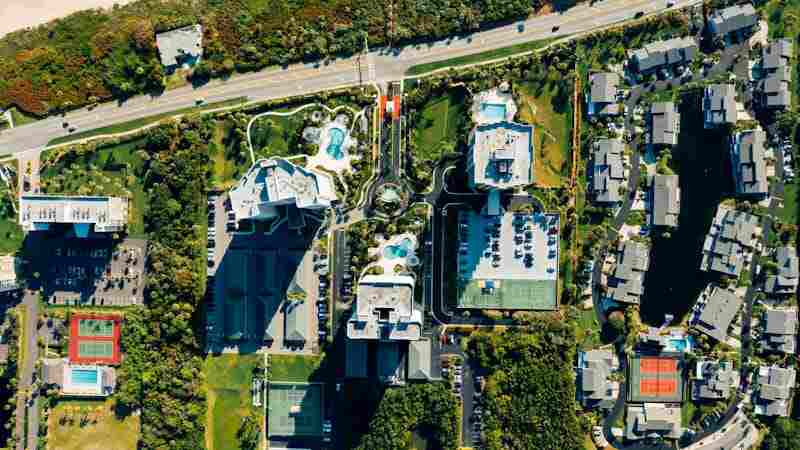
Adopting sustainable urban design is not the only option. This is essential to building a better world for all. Sustainable urban design promises to transform cities into green, resilient, and inclusive places. By integrating nature, promoting energy efficiency, and promoting social equity, we can create cities that are not only sustainable but vibrant and thriving. As urbanization continues, the need to design cities with the future in mind is more important than ever, ensuring that we leave a positive legacy for those who will inherit the cities of tomorrow.


